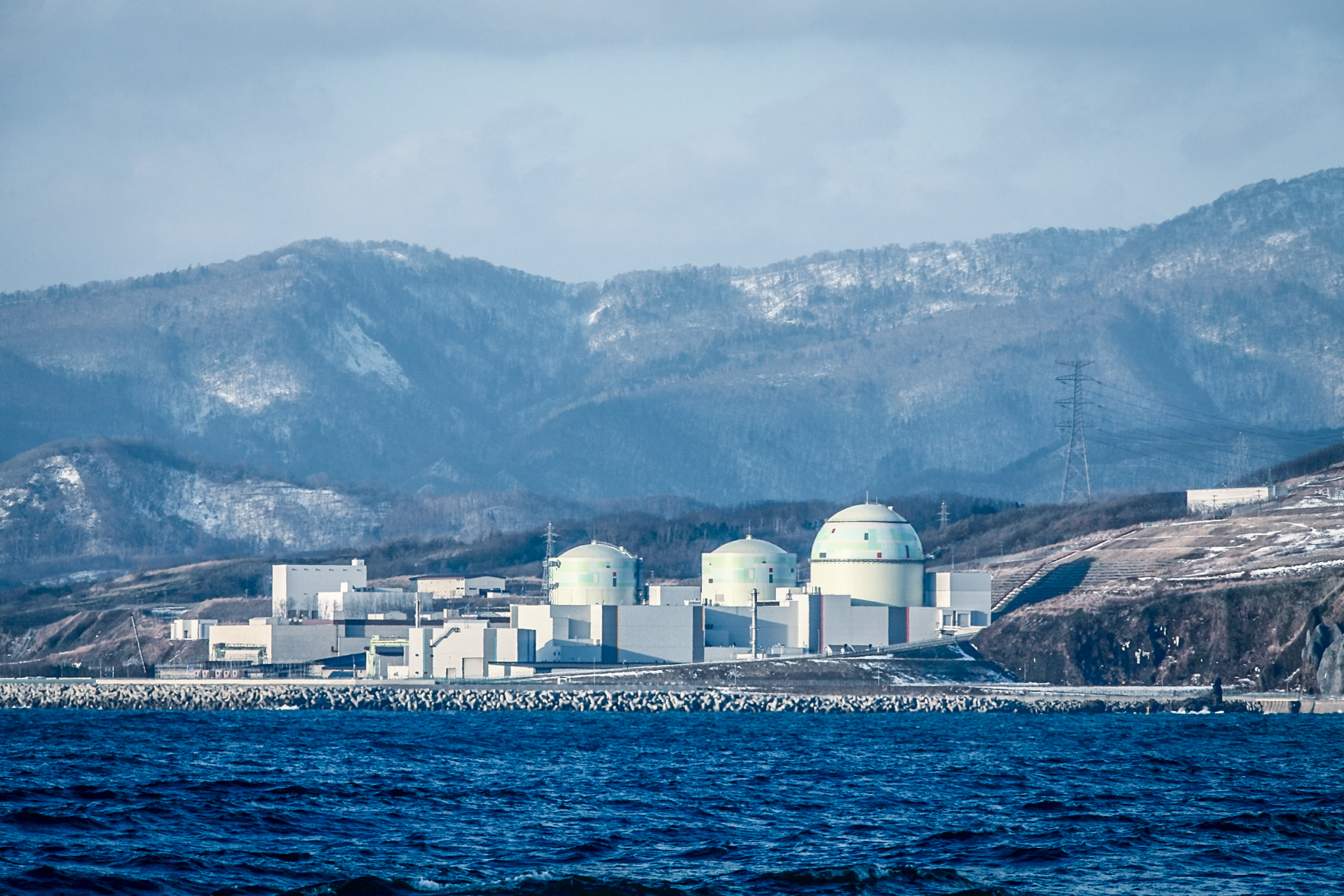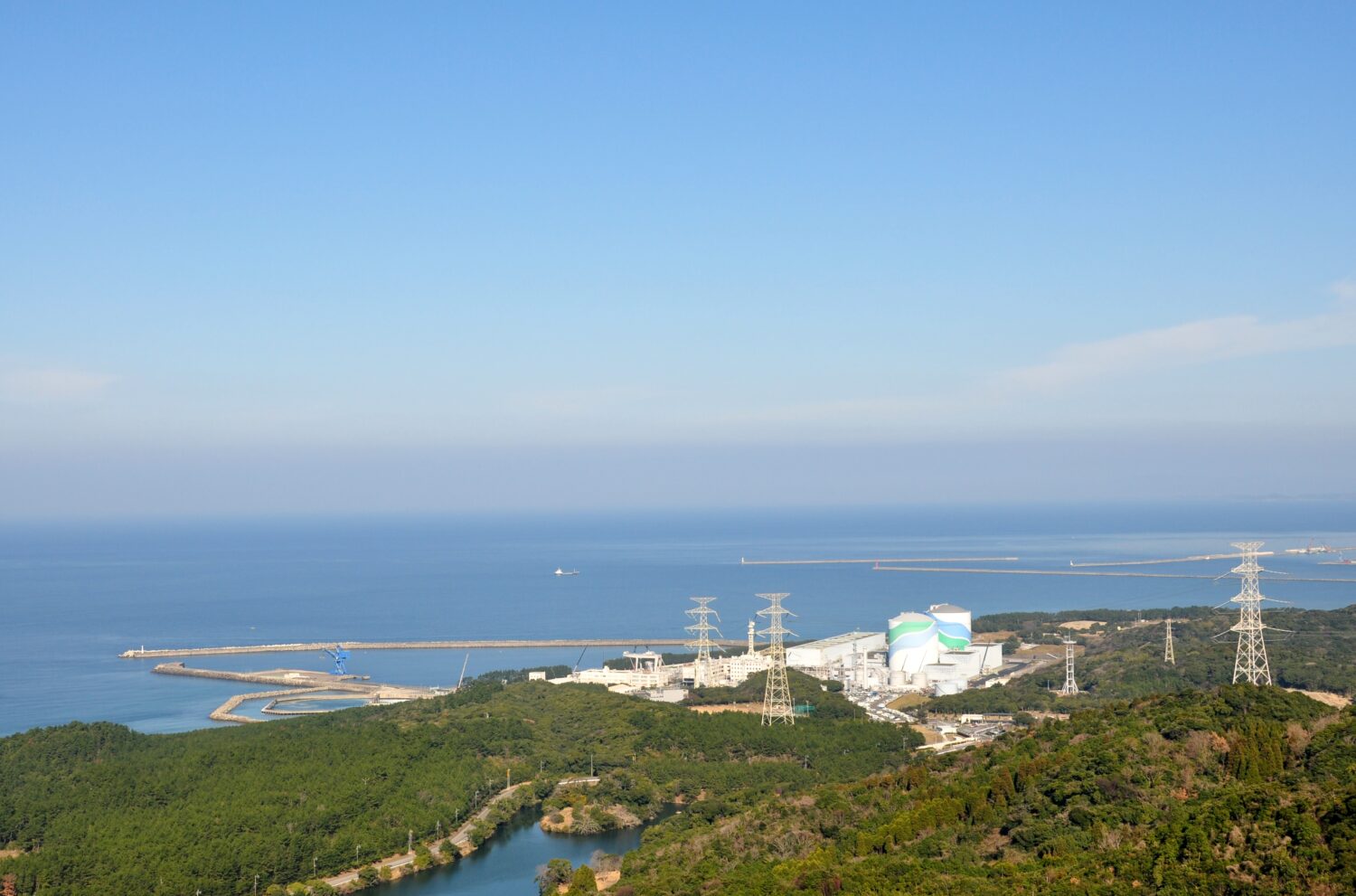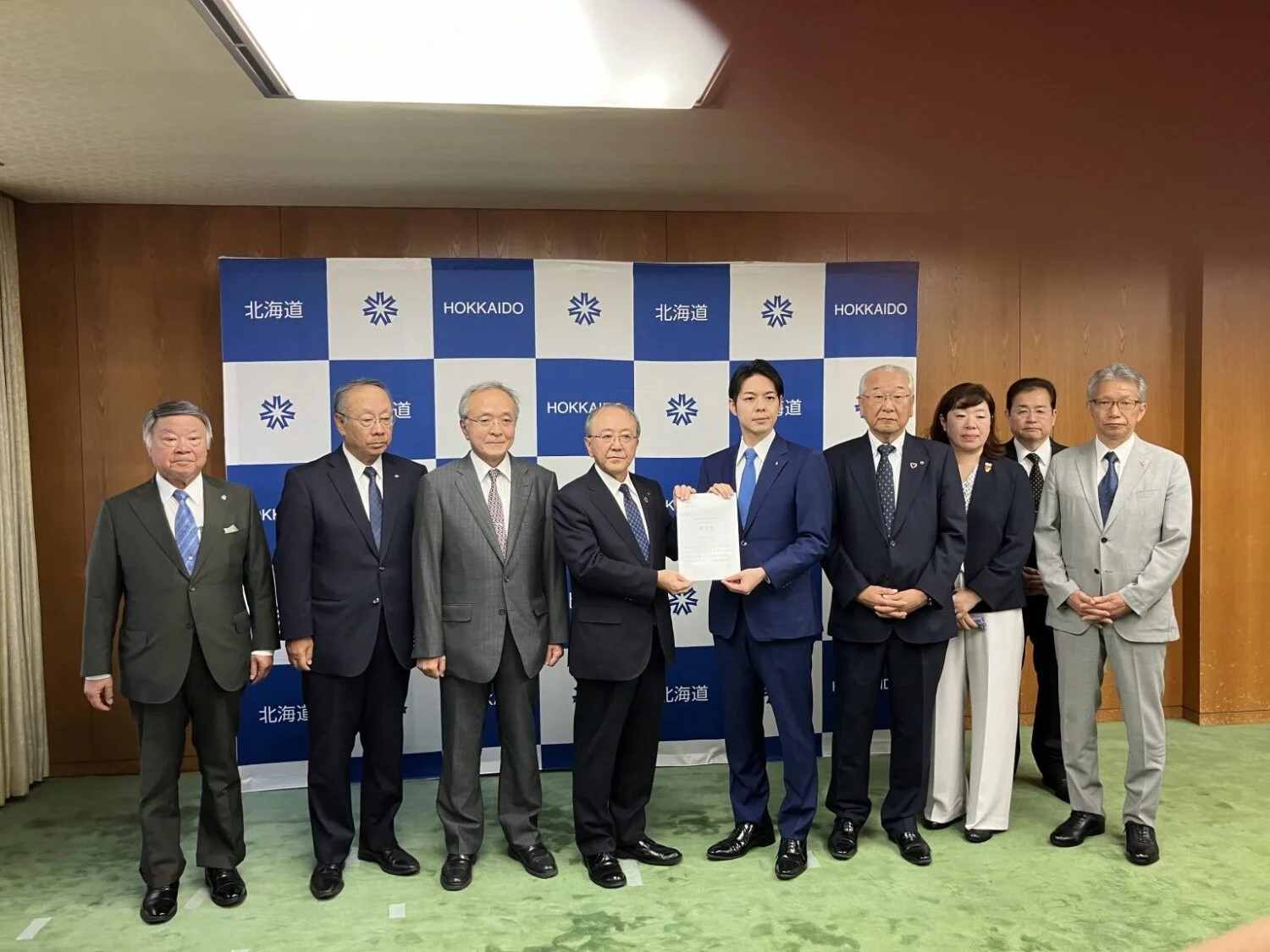Moderator TAMURA Tae, managing director of the Natural Resources and Energy Team of the Industry Research Department of Mizuho Bank, began the panel discussion by saying that the British and French governments had made clear the value and roles they see for nuclear energy, and that each had manifested a roadmap toward building new NPPs. She noted that Japan could learn a lot from the examples of other countries, including the UK’s RAB model[1]A scheme for an individual investment project, under which costs (investment) are recovered from users (consumers) from the initial stage of construction by setting a charge based on a general-cost … Continue reading and France’s Match program[2]Program to build nuclear capacity in France..
Hervé MAILLART, head coordinator of the French Nuclear Sector of the French Nuclear Strategic Committee (CSFN), said that his country had extended the operating lifetimes of its existing reactors to 60 years or longer. He added that France was planning to build 14 units of advanced European Pressurized-Water Reactors (EPR2s), and that it also was planning to support small modular reactor (SMR) projects, both toward the realization of carbon neutrality by 2050.
Maillart explained activities to secure needed human resources to those ends by nurturing engineers and technicians via the aforementioned Match program, citing a university for the nuclear profession, among other things. He also said that the public, witnessing the Ukraine war and having experienced COVID-19, had an increasingly positive view of nuclear power from an energy security perspective. He emphasized that it would be important for power prices be stable over the long term.
Mark HASTIE-OLDLAND, deputy director, Nuclear Infrastructure, Capability and International, Department for Energy Security & Net Zero (DESNZ) in the UK, gave a presentation on “Civil Nuclear: Roadmap to 2050,” published in January 2024.
He started out by saying that the continuation of skills in the face of aging workforce was the greatest challenge for the UK. He then referred to the Regulated Asset Base (RAB) model, the application of which is being considered for the Sizewell C Project. He said that the model has been applied to infrastructure for water supply, power lines and offshore wind power, but as it may be applied for nuclear power for the first time, many issues still remained. And given that considerations and conditions differ from country to country, he opined that the introduction of the British system to another country would not necessarily be successful.
Hastie-Oldland then said that the RAB model was effective, however, insofar as it was being used by a private liberalized in a free market. Choosing between an RAB model and a contract for difference (CFD) depended on the goal, he added. Because nuclear energy was important, he said, from the multiple viewpoints of energy security, climate security and national security, “not only the risks of nuclear power, but also the risks without nuclear power must be considered.”
KICHISE Shusaku, director of the Nuclear Energy Policy Planning Division of the Electricity and Gas Industry Department, Agency for Natural Resources and Energy (ANRE) of Japan’s Ministry of Economy, Trade and Industry (METI), stressed that nuclear energy’s ability to achieve both decarbonization and energy security was now a global focus.
He said that not only was global momentum for nuclear energy increasing―such as its official recognition at COP28, the pledge to triple global nuclear capacity, and a nuclear summit being held in Brussels for the first time―but that the potential was expanding for nuclear use across a board range of industries, including IT and manufacturing industries.
He said that a surge in power demand was forecast domestically on account of expected increases in data centers and semiconductor plants, and that the restart of existing reactors needed to be accelerated. Kichise also said that METI would put more emphasis on developing human resources, in cooperation with the Ministry of Education, Culture, Sports, Science and Technology (MEXT).
SASAKI Toshiharu, vice chairman of the Federation of Electric Power Companies of Japan (FEPC), clearly stated that his organization would put emphasis on restarting boiling water reactors (BWRs) this year. As for new reactors, he said, “Private businesses will have to show all stakeholders (stockholders, financial institutions, etc.) that profitability is ensured.”
Sasaki also stressed that the situation would remain severe unless financial aspects were improved, including reduced foreseeability for businesses ever since the deregulation of Japan’s power market, and significant increases in safety-measure investments. He also said that Japanese nuclear damage compensation was unlimited liability without fault, and that that was a roadblock for private businesses making investment and financing decisions. He asked that the current system be revised to ensure business foreseeability.
At the same time, Sasaki stressed that he believed that a national consensus on the need for nuclear energy “had already been formed” and that it was rather “the size of nuclear facilities” that was now the issue. “Because demand is increasing and there is a limit on extending existing reactor operations, it is vital to build new and replacement reactors,” he said.
Lastly, Tamura, the moderator, said that it was necessary to see the value of nuclear energy in the manner suggested by Hastie-Oldland: namely, that the risks without nuclear energy must also be considered. She then concluded the session by saying, “We have considered anew the reasons the business environment must be improved, and have confirmed anew the necessity of the public and private sectors working together.”
References
| ↑1 | A scheme for an individual investment project, under which costs (investment) are recovered from users (consumers) from the initial stage of construction by setting a charge based on a general-cost method. That reduces risks to investors, control capital costs, and eventually total costs. |
|---|---|
| ↑2 | Program to build nuclear capacity in France. |


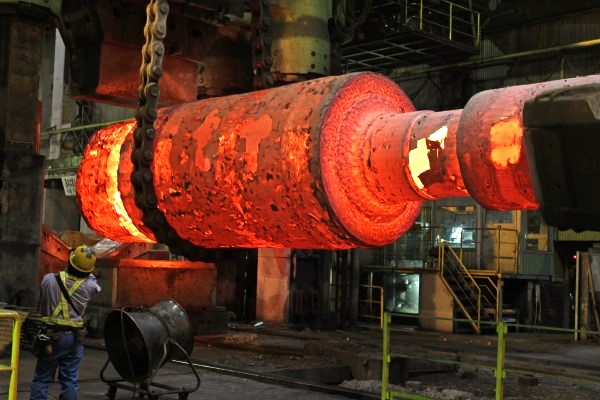








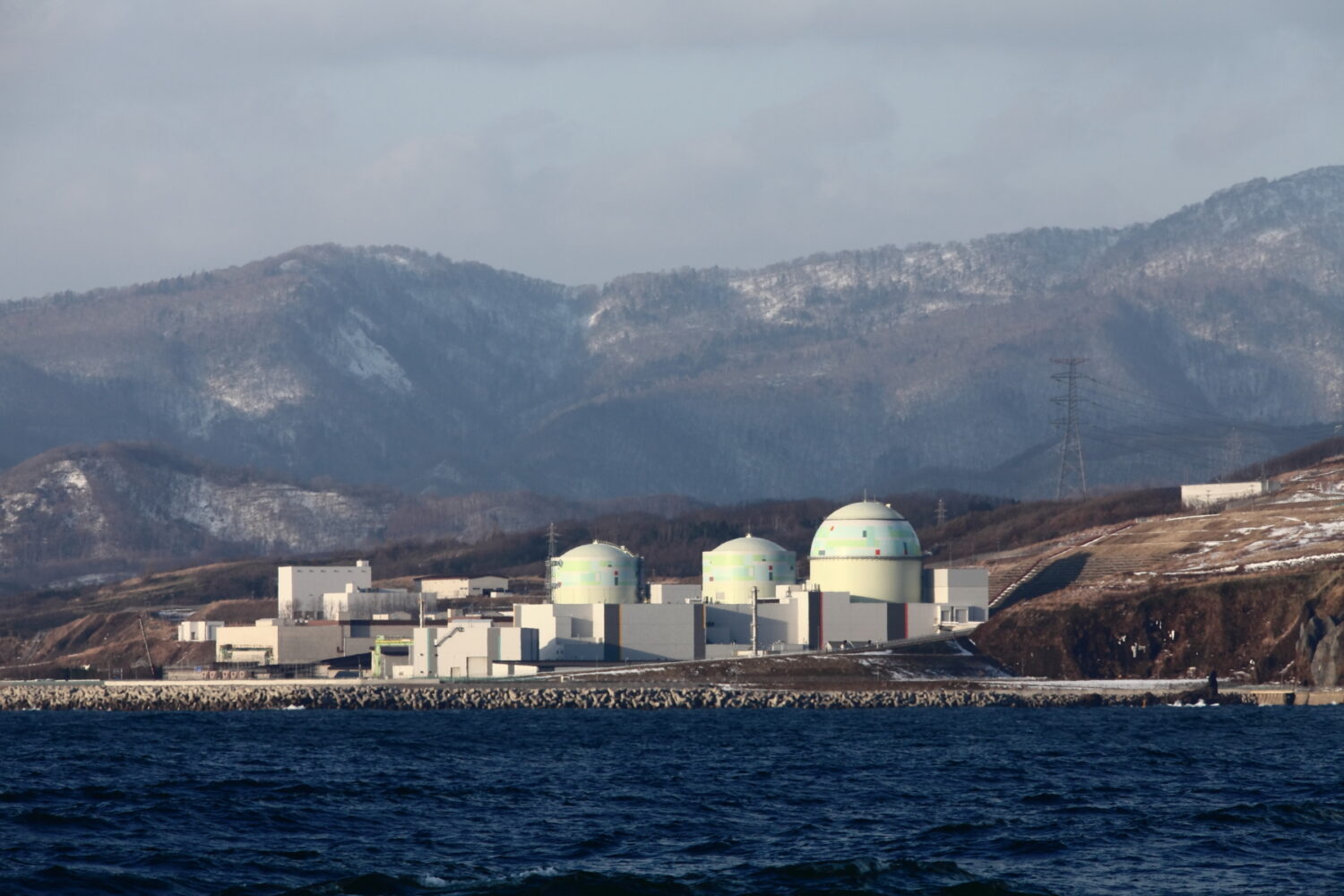
-049.jpg)
.jpg)

